Formula 1's lost circuits: Aintree, Dallas, Caesar's Palace, Indy & more
- Published
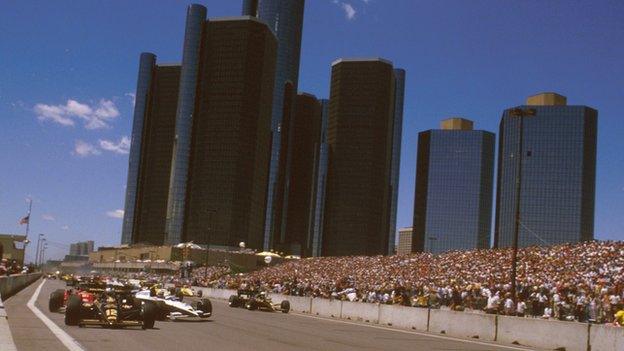
Venturing into new and unconventional territories, such as Azerbaijan, is not a new phenomenon - Formula 1 has held grands prix at a horse racing track and a Las Vegas car park before now.
Few of them have lasted, so will F1 still be going to Baku in 10 years' time? Who knows, but here's a few races that have been and gone...
Horsepower at Aintree
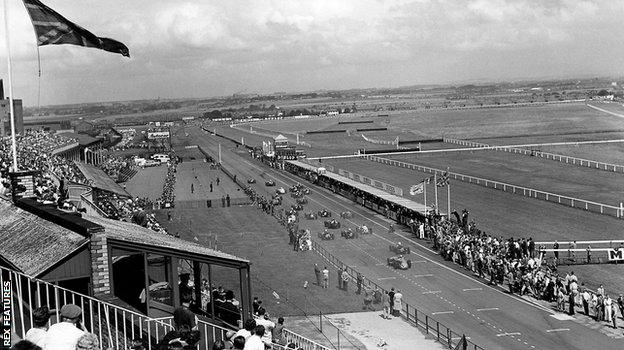
Famous for being the home of the Grand National, Aintree also hosted the British Grand Prix in 1955, 1957, 1959 (pictured here), 1961 and 1962. It had corners that gave a nod to its horse racing heritage - such as Bechers Bend and Melling Crossing. But not everyone was happy. Motor Racing magazine remarked on the "alleged officious manner of officials". Silverstone and Brands Hatch were preferred from 1963 onwards.
Watch the cliffs!
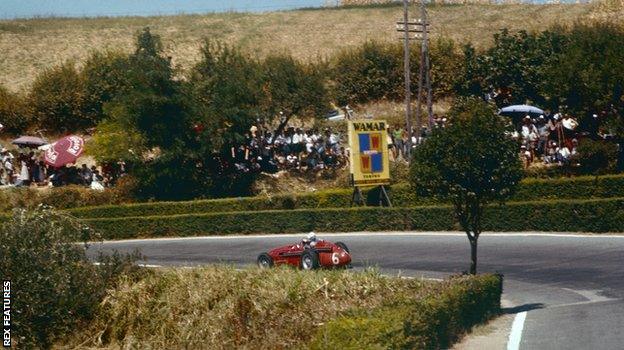
On the F1 calendar in 1957, the Pescara Grand Prix was the longest circuit to hold an F1 race at 16 miles. It was also considered very dangerous, with a section of track running along a cliff face with a 500-metre drop. Sir Stirling Moss loved it though, and not just because he won. "It was just like being a kid out for a burn-up," he said. "A wonderful feeling." Tsk, boy racers...
Failing to hit the jackpot at Caesar's
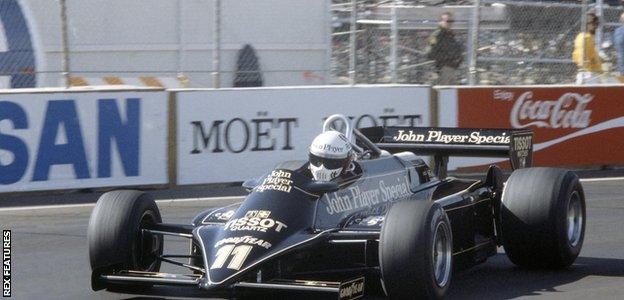
One of the more bizarre locations for an F1 race was a car park in Caesar's Palace, Las Vegas, which staged the final race of the 1981 and 1982 seasons. The featureless track was not popular with the drivers, whose necks were put under tremendous strain by the anti-clockwise circuit, while the desert heat also took its toll.
Let's forget the motor city
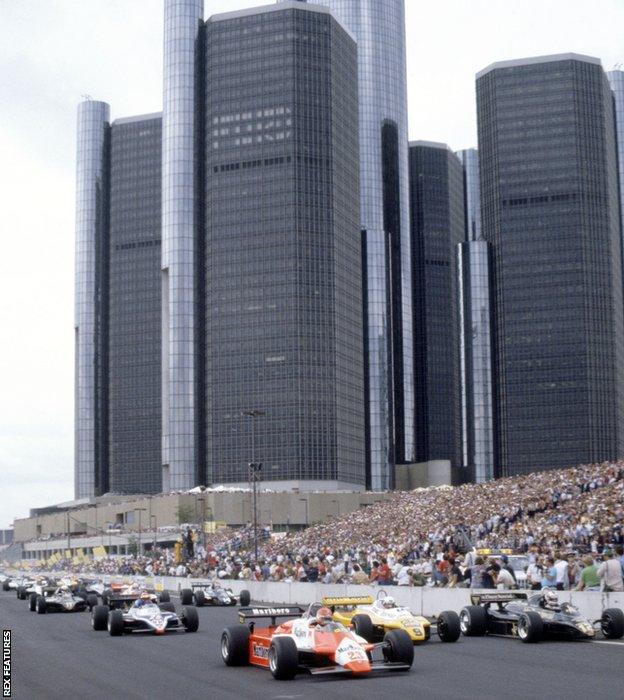
To look at, you would think Detroit would have hosted F1 for longer than it did (1982-88). The trouble was, the track surface frequently broke up and it was slower than Monaco. The Detroit Free Press was not impressed, commenting: "We've got guys here who hit 82 on the streets of downtown Detroit almost any night. They do it about a quarter to two, trying to make last calls in their favourite bar. And they're not our best either."
Even JR couldn't save Dallas
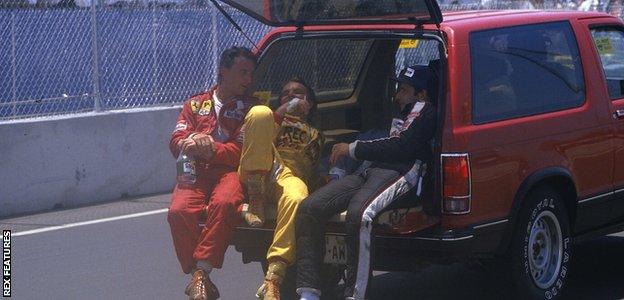
Did F1 only go to Dallas, in 1984, because the TV series of that name was so popular? Journalist Nigel Roebuck described it as "a bizarre weekend in the history of F1". In extreme heat, the Tarmac boiled up and many drivers didn't want to race. The GP started at 11am which meant the warm-up session was scheduled for 7am, prompting Williams' Jacques Laffite to arrive at the circuit in his pyjamas. Nigel Mansell's Lotus broke down on the last lap and the exhausted Englishman collapsed as he attempted to push it over the line. Keke Rosberg - Nico's dad - won the race, and celebrated with a cigarette while reclining in the boot of a car. Yeah, bizarre.
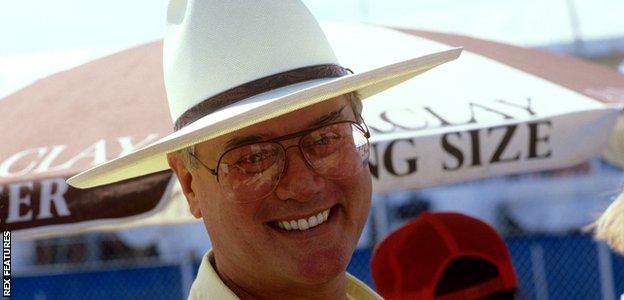
JR (Larry Hagman, pictured) and Sue Ellen (Linda Gray) attended the Dallas GP but F1 never returned after "someone had gone AWOL with the takings", according to Roebuck.
The farce of Indianapolis
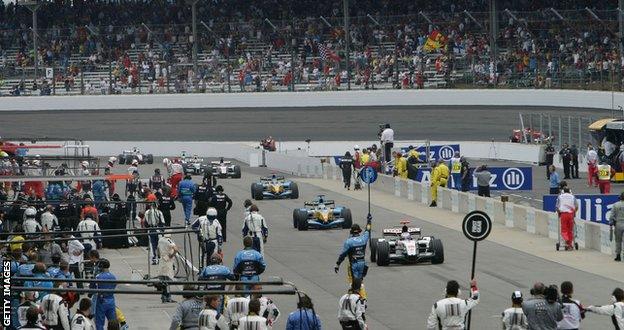
Spotting a pattern here? More than anywhere, F1 has struggled to put down roots in the USA. Given its motor racing heritage, Indianapolis should have worked and its first F1 race in 2000 attracted a crowd approaching 250,000. But it never recovered from the farce of the 2005 event, when only six cars started because of concerns over the safety of Michelin tyres. The 2007 race, won by Lewis Hamilton, was the last at Indy.
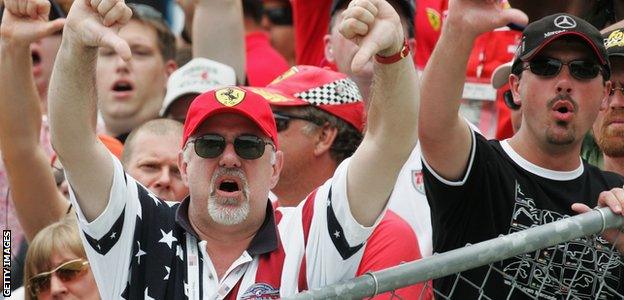
Understandably, many fans did not stay to see the outcome of the 2005 US Grand Prix, while missiles were thrown on to the circuit and the cars crossed the finishing line to shouts of derision from those spectators who remained.
Not a Turkey but Istanbul didn't last

Introduced in 2005, the Turkish Grand Prix provided good races, and its high-speed Turn Eight was hailed as one of the great corners in F1. However, in common with many modern racetracks, attendances were poor and there were money issues. The sport has not been back since 2011.
India goes to the dogs
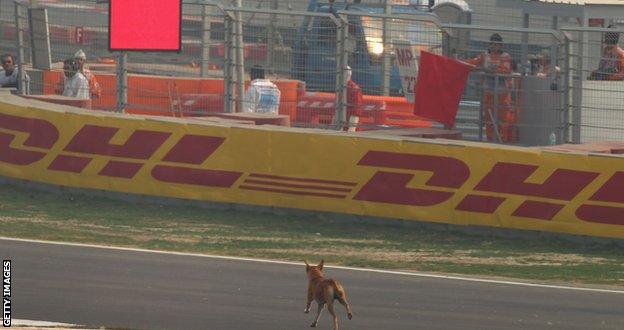
Built at a cost of £246m, the Indian Grand Prix only took place three times before it was dropped after the 2013 season when the local Uttar Pradesh government attempted to levy taxes on the event. The inaugural grand prix in 2011 was memorable for a stray dog invading the track during practice, forcing the red flag to be shown.
Bad Korea move
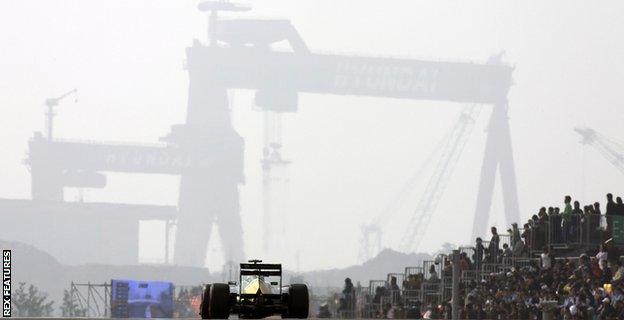
The drivers may have liked the layout of the track, but for everyone else there was very little about the Korean Grand Prix to warm to. Located in marshland in remote Yeongam, it lacked the glamour of some of F1's other destinations. It was on the calendar from 2010 until 2013 before it was dropped.
Singapore shines under the lights
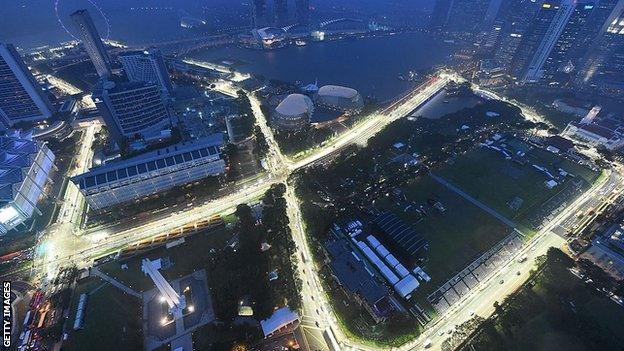
Some new circuits are a spectacular success, mind. F1 headed to Singapore in 2008 for its first night race, and it's been a popular destination ever since. A race with a party atmosphere, set to a spectacular backdrop. What's not to love? Over to you, Baku.
Subscribe to the BBC Sport newsletter, external to get our pick of news, features and video sent to your inbox.
- Published13 June 2016
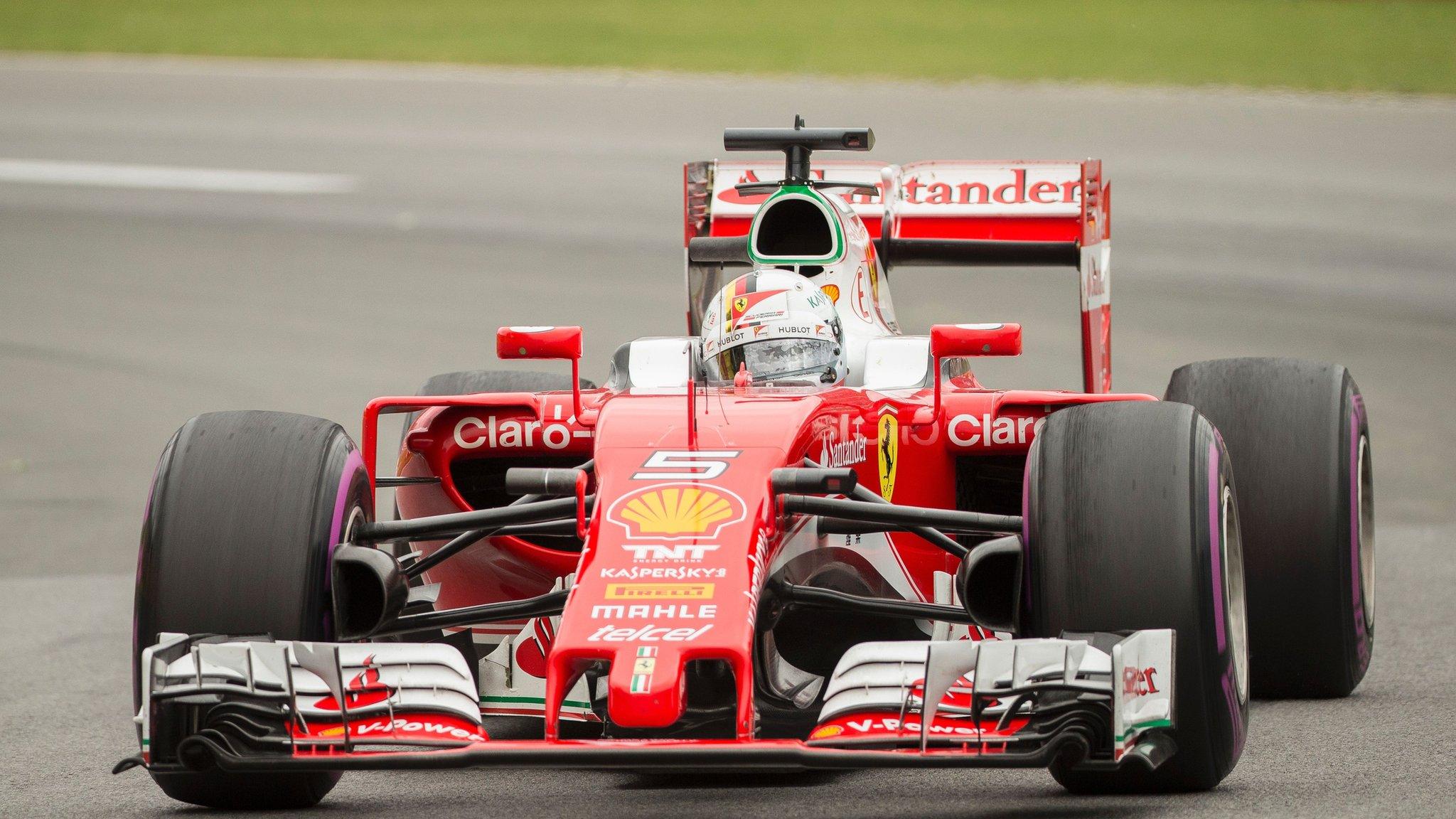
- Published13 June 2016

- Published13 June 2016
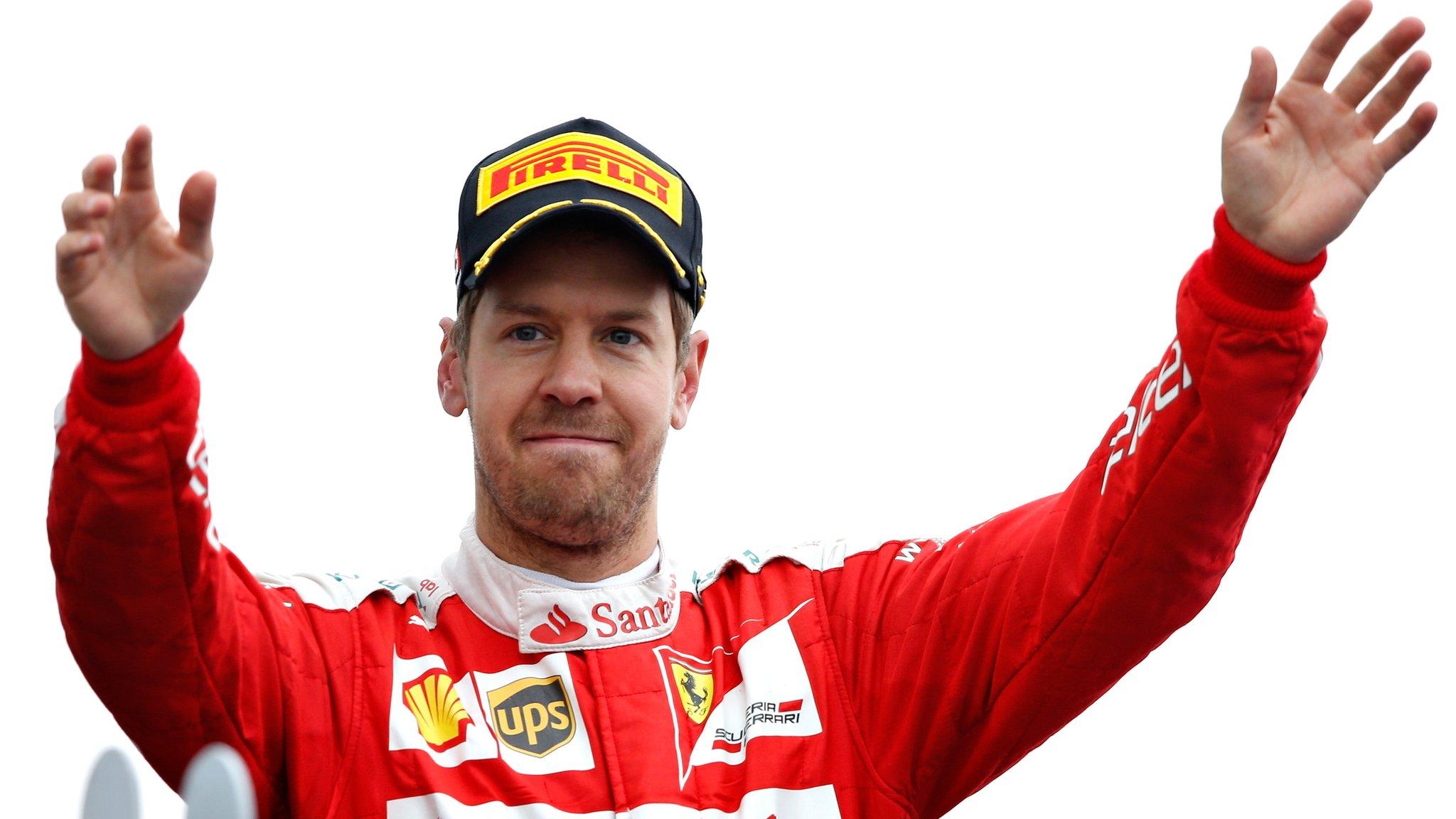
- Published12 June 2016
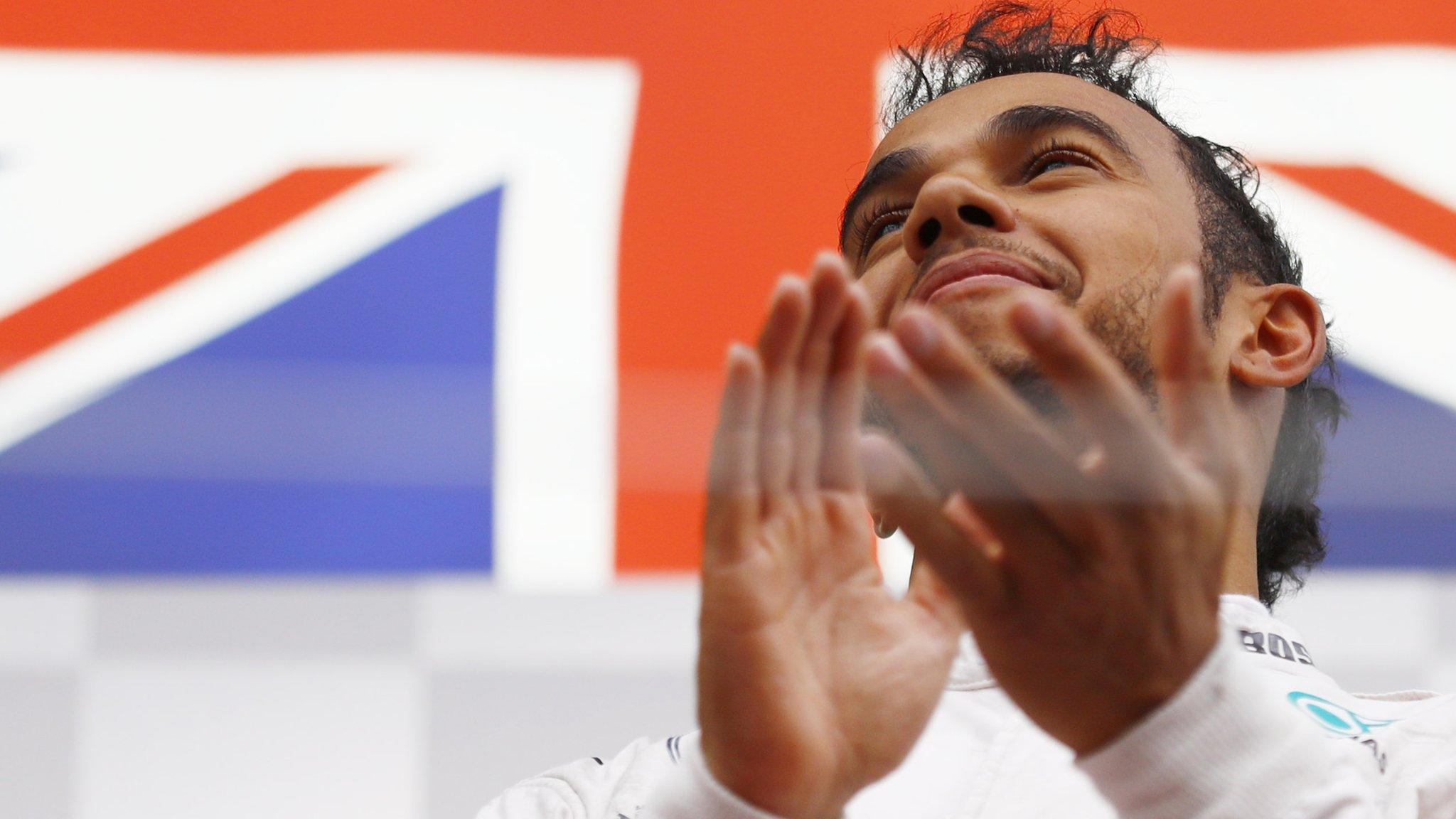
- Published18 December 2015

- Published2 November 2018

- Published13 May 2016

- Published26 February 2019
